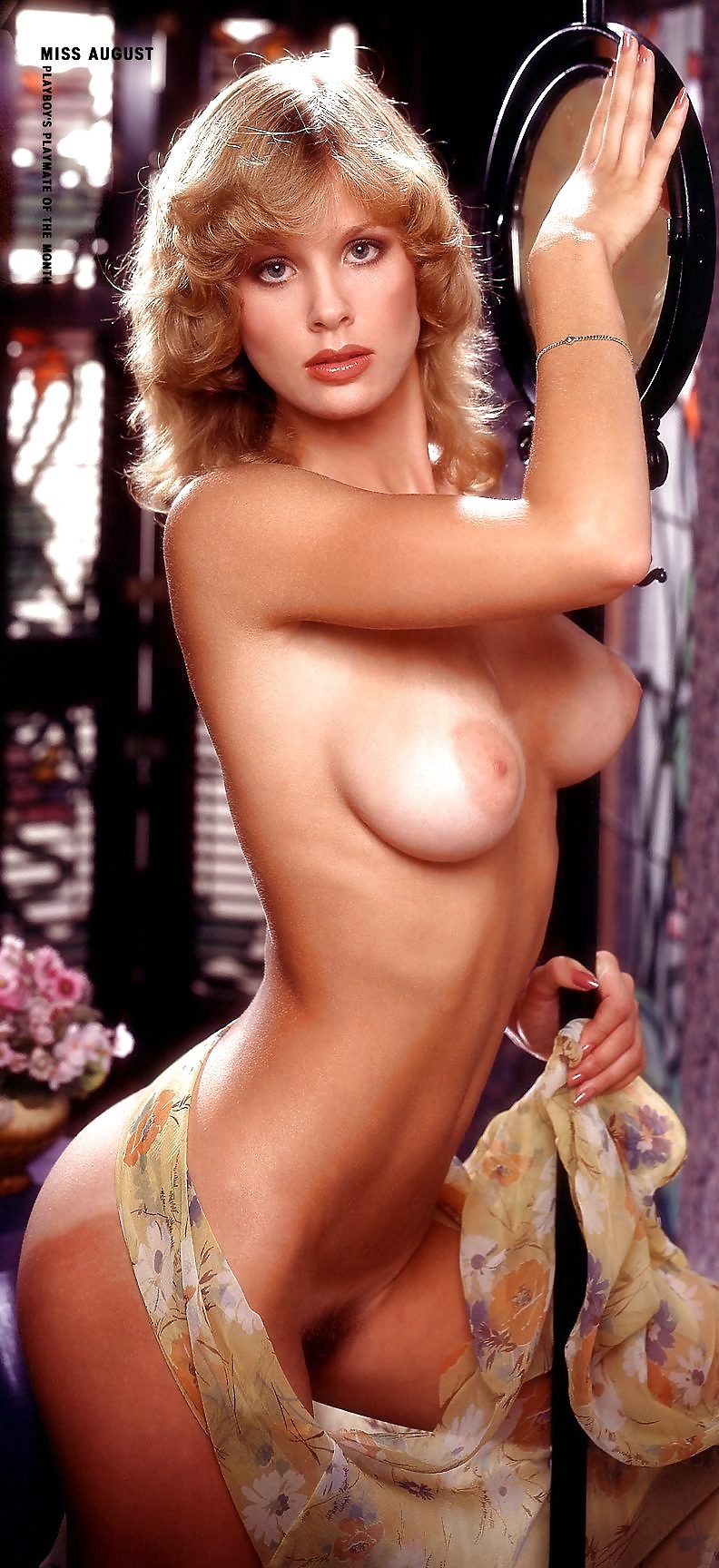
Dorothy Stratten


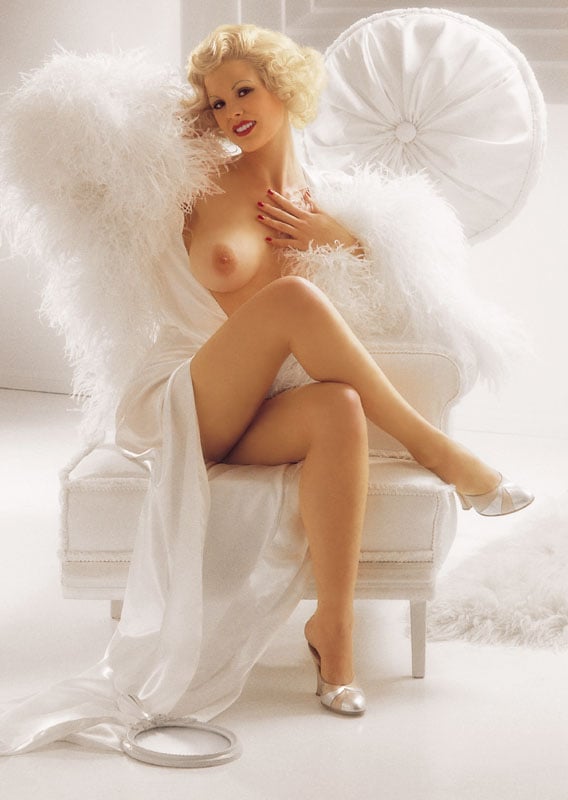
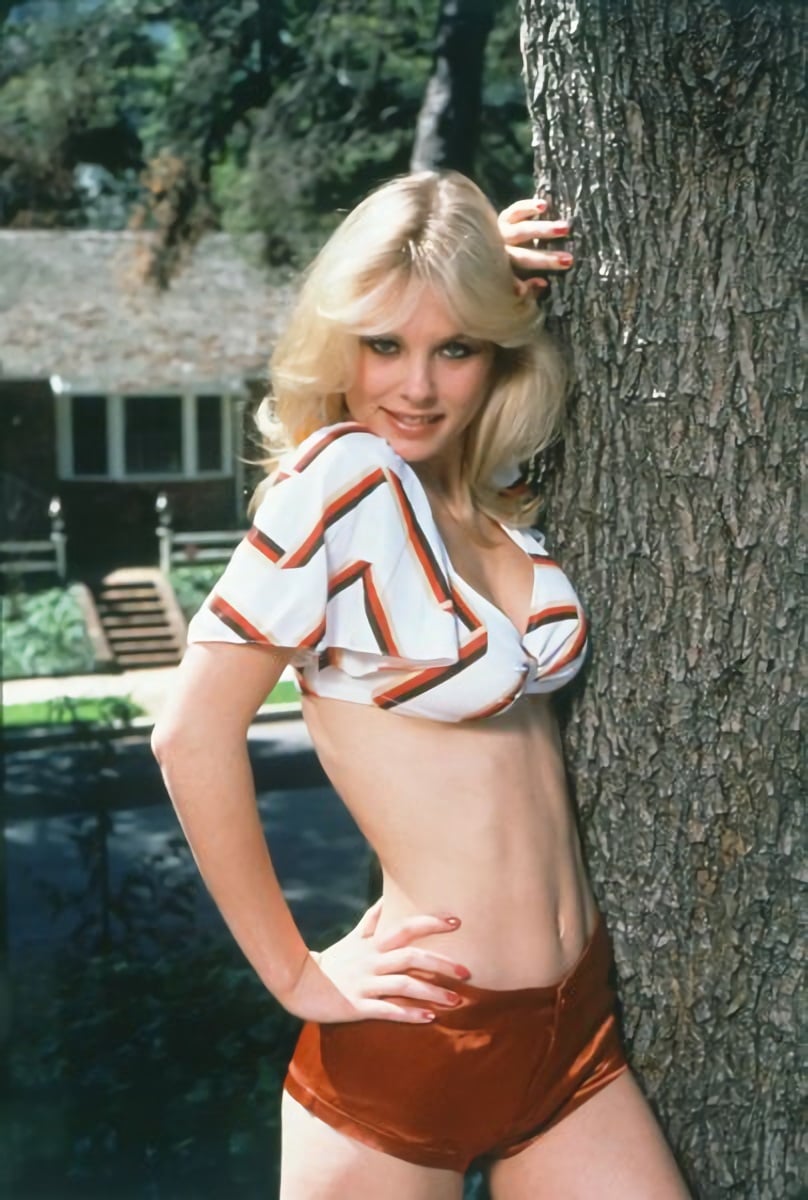

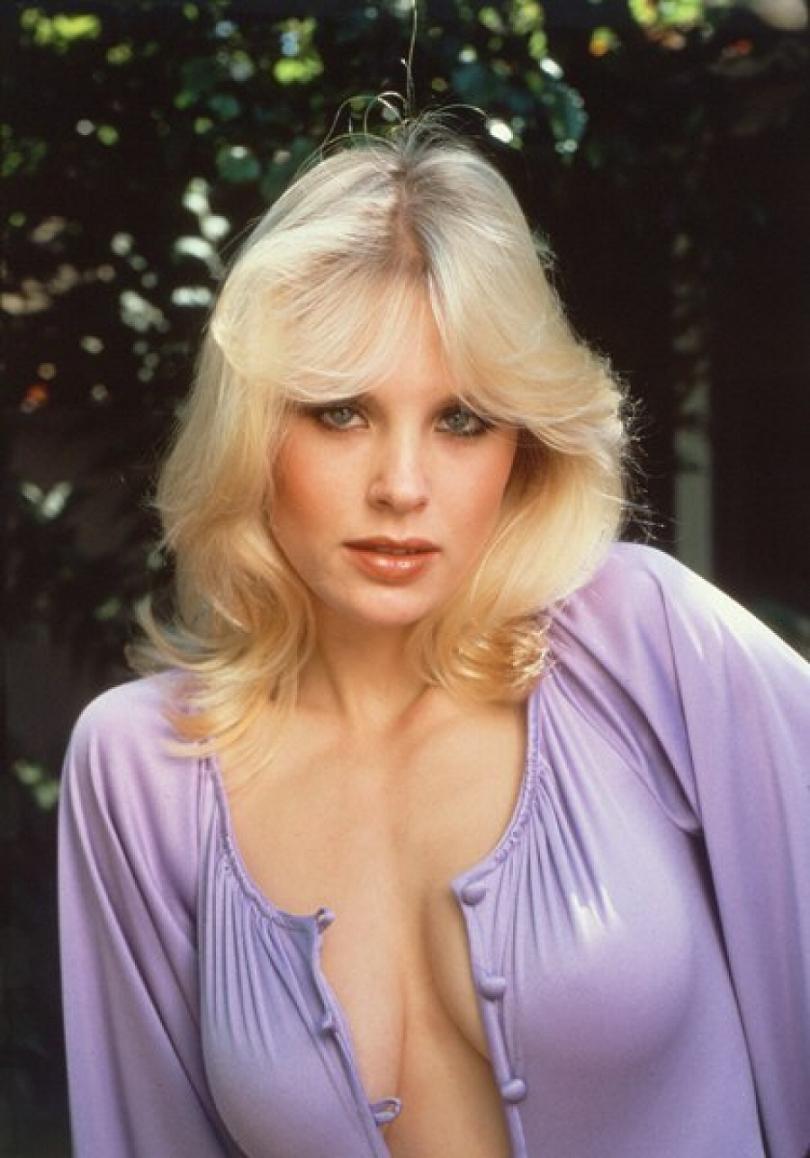
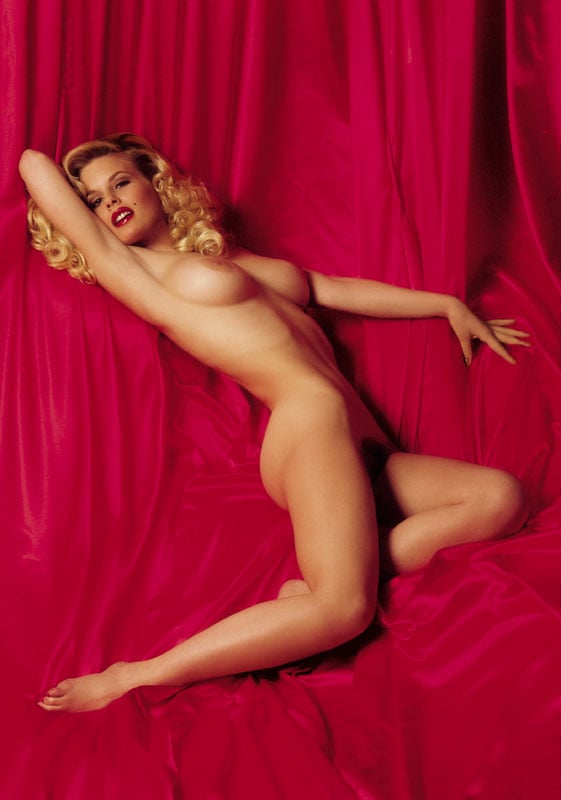

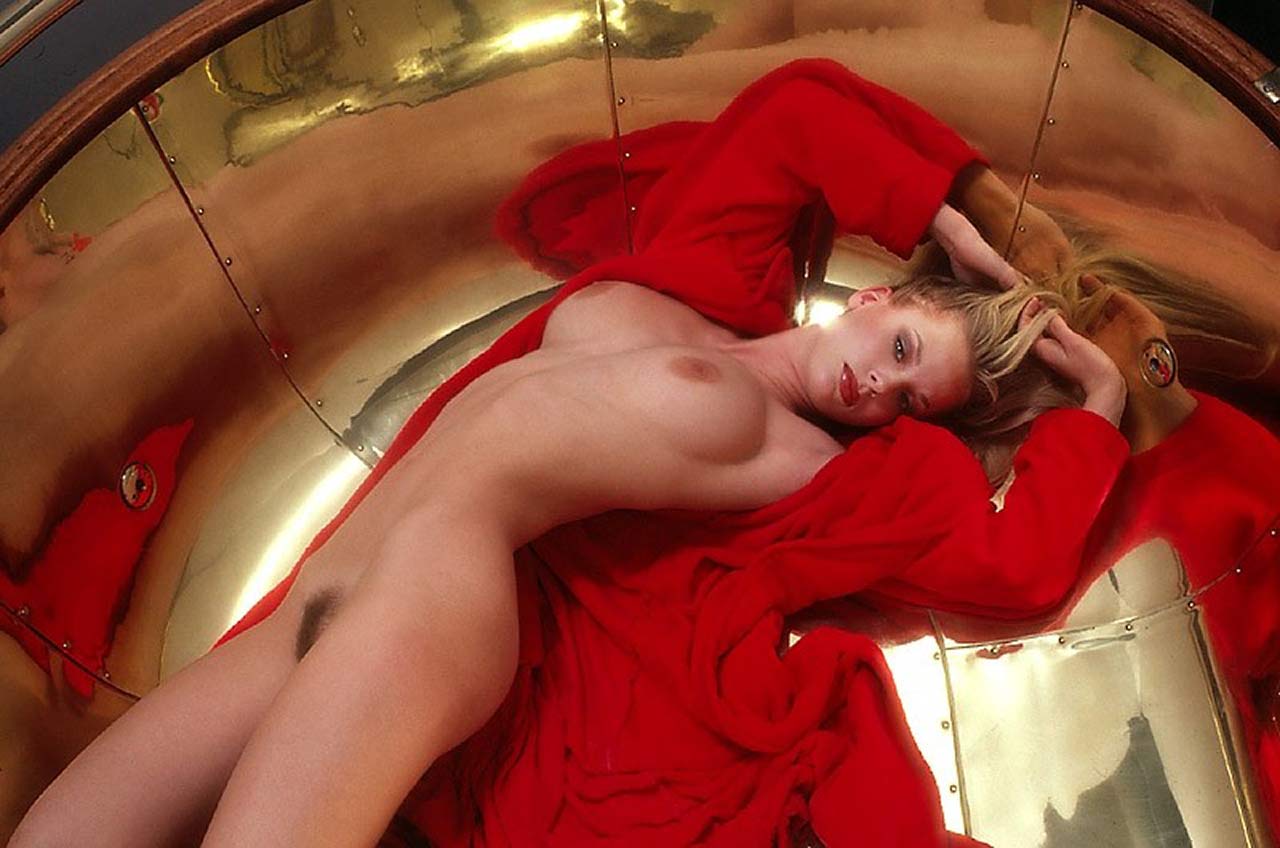

Dorothy Stratten Personal Information
Dorothy Stratten Physical Characteristics
Dorothy Stratten Career
Dorothy Stratten Biography
Dorothy Ruth Hoogstraten, known professionally as Dorothy Stratten, was born on February 28, 1960, in Vancouver, British Columbia, Canada, to Dutch immigrants Simon and Nelly Hoogstraten. Raised in a working-class neighborhood in Coquitlam, she grew up with her younger siblings, John and Louise, in a modest household. Her father left the family when she was young, prompting Dorothy to take on a part-time job at a local Dairy Queen during her teenage years to help support her mother and siblings. She attended Centennial High School, where classmates described her as sweet, kind, and part of a “cool” social group that enjoyed partying rather than sports. Her Dutch heritage defined her ethnicity, and her early life was marked by a sense of responsibility and a shy, unassuming nature.Stratten’s entry into the modeling world began in 1978 when Paul Snider, a 26-year-old club promoter, noticed her at the Dairy Queen. Snider, who also engaged in pimping, convinced the then-17-year-old to pose for professional nude photos, which he sent to Playboy for their 25th Anniversary Great Playmate Hunt. As she was under 19, the legal age in British Columbia, her mother signed the model release form. Stratten moved to Los Angeles in August 1978, where she became a finalist in the contest, though she lost toCandy Loving. She was named Playmate of the Month for August 1979 and later Playmate of the Year in 1980, receiving $200,000 in cash and gifts. Her Playboy appearances included pictorials photographed by Mario Casilli and a feature in the TV special Playboy’s Roller Disco and Pajama Party (1979). Specific additional Playboy video titles are not widely documented, but her work extended to promotional content tied to her Playmate status.Her career expanded into acting, with roles in films such as Americathon (1979, as a bunny), Skatetown U.S.A. (1979, as a roller nymph), and Galaxina (1980, as the lead, a robot), which was released on the day of her death but pulled for later re-release. She also appeared in TV shows like Buck Rogers in the 25th Century (as “the most perfect woman in the universe”) and Fantasy Island. Her final role was in Peter Bogdanovich’s They All Laughed (1981), alongside Audrey Hepburn and John Ritter, marking her as a rising star. Stratten had no notable social media presence, as her career predated modern platforms.Physically, Stratten stood at 5 feet 9 inches (175 cm) and weighed approximately 123 lbs (56 kg), with measurements of 36-24-36 inches and a bra size of 36D. She had long blonde hair and blue eyes, contributing to her “girl-next-door” appeal. There is no verified information confirming cosmetic surgeries on her breasts, lips, nose, or other body parts, nor are tattoos or piercings documented in reliable sources. Her natural beauty was often highlighted by those who worked with her.Public perceptions of Stratten, drawn from contemporary accounts and later reflections on platforms like Babepedia, emphasize her breathtaking beauty, intelligence, and sensitivity. Co-stars likeColleen Campdescribed her as “otherworldly,” while fans called her a “classic beauty” and praised her “bubble pictures.” However, some online comments focus on her tragic end rather than her achievements. Her legacy is complex, celebrated for her talent and potential but overshadowed by her death. The Dorothy Stratten Foundation, established posthumously, supports victims of domestic violence, reflecting her story’s impact on advocacy.Stratten’s life ended on August 14, 1980, at age 20, when her estranged husband, Paul Snider, raped and murdered her with a shotgun in their former shared apartment in Los Angeles before taking his own life. The couple had married in June 1979, but their relationship deteriorated due to Snider’s controlling and abusive behavior, exacerbated by Stratten’s affair with Bogdanovich and her efforts to divorce him. Her death, depicted in films like Death of a Centerfold (1981, withJamie Lee Curtis) and Star 80 (1983, withMariel Hemingway), sparked discussions about domestic violence and exploitation in the entertainment industry.A significant controversy arose from Peter Bogdanovich’s 1984 book, The Killing of the Unicorn, which alleged that Hugh Hefner sexually assaulted Stratten in 1978 at the Playboy Mansion. Hefner admitted to a nude Jacuzzi encounter but denied any assault, claiming no further sexual interest after learning of her engagement plans. In 1985, Stratten’s sister Louise sued Hefner and her stepfather for slander, alleging they falsely claimed Bogdanovich seduced Louise and funded her plastic surgery to resemble Dorothy. Louise, represented by Gloria Allred, denied these claims, stating she barely knew Hefner.
Dorothy Stratten's Galleries
Verified Backlinks
No verified backlinks yet. Be the first to add your site!








































